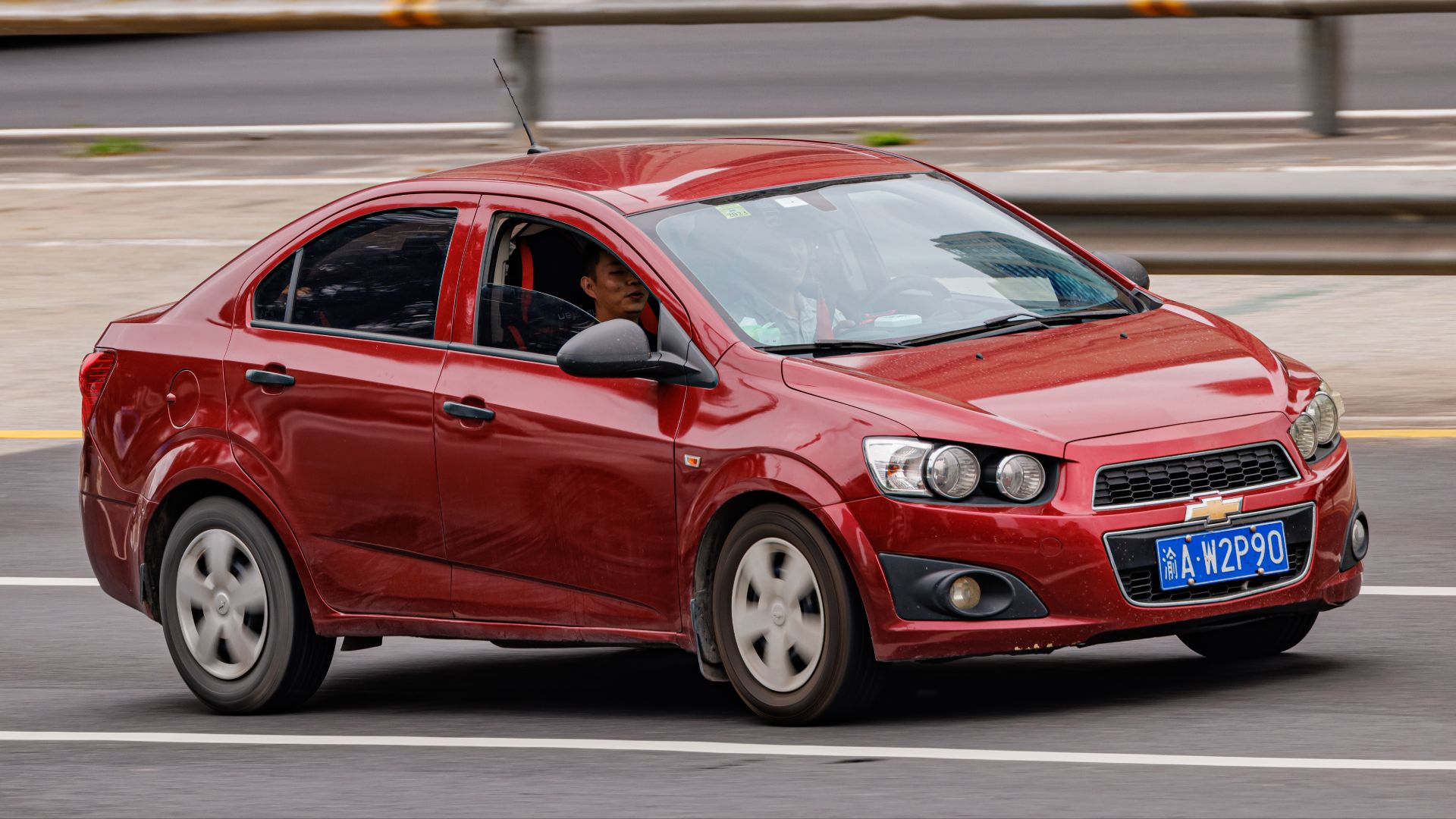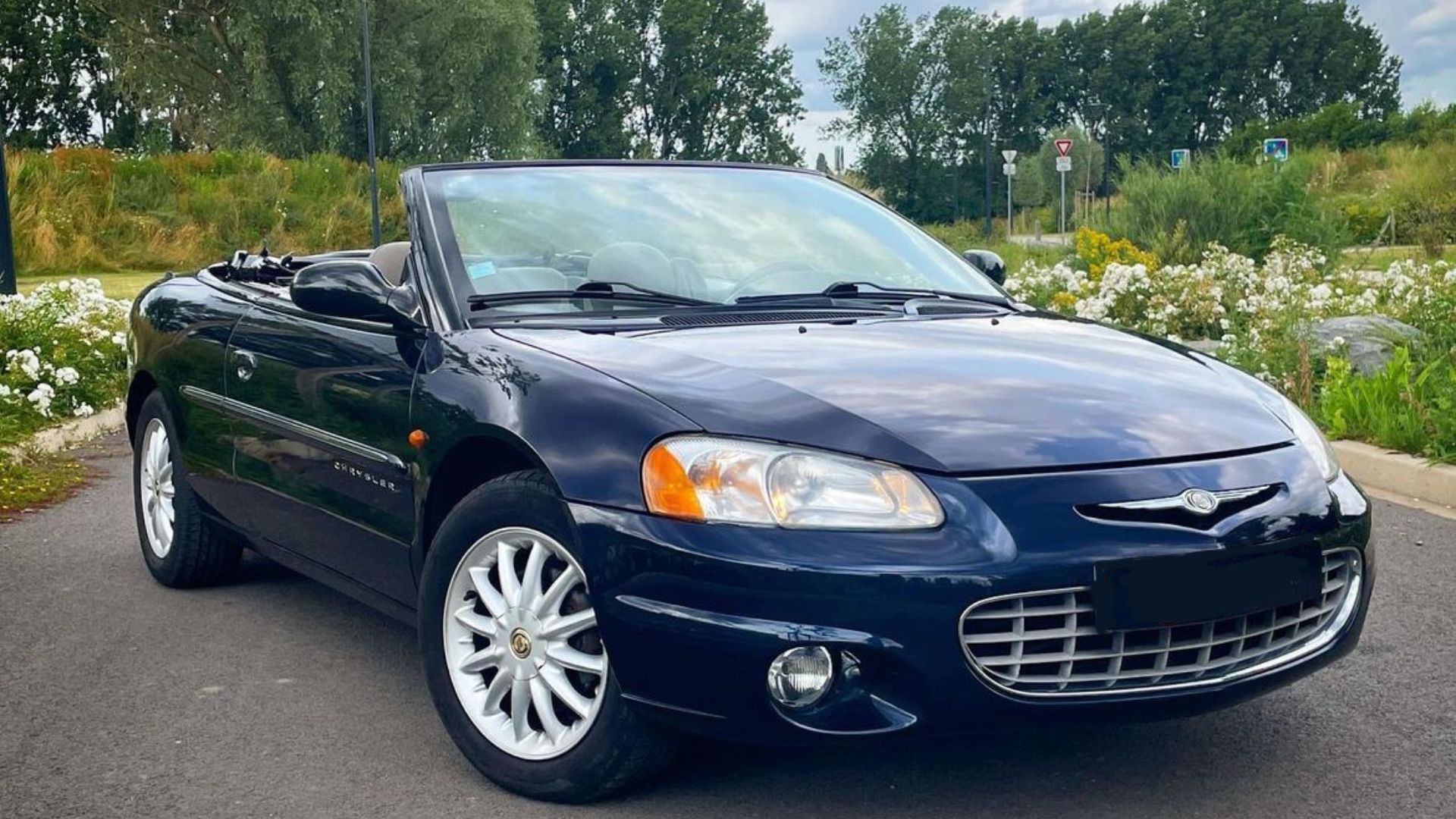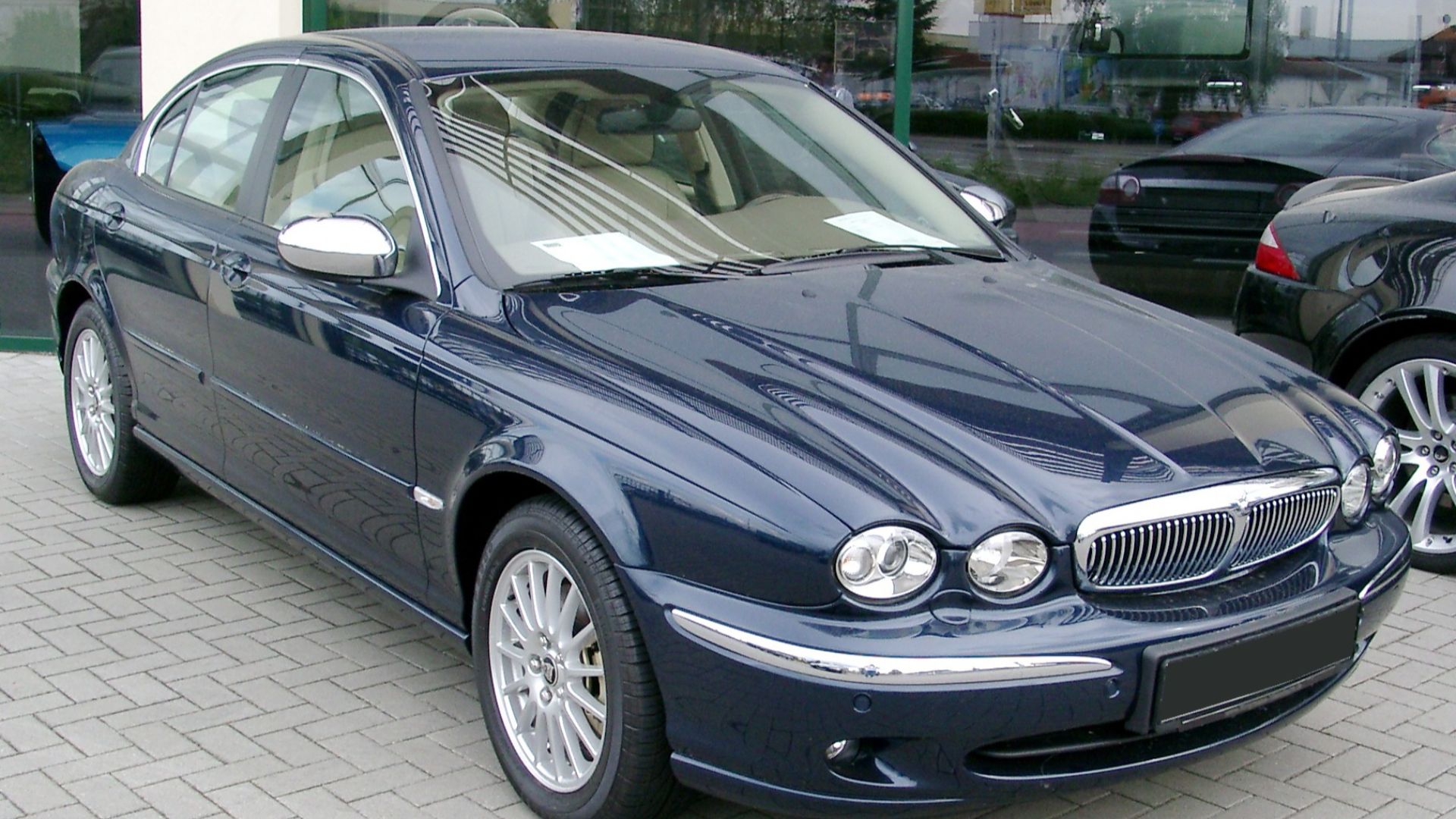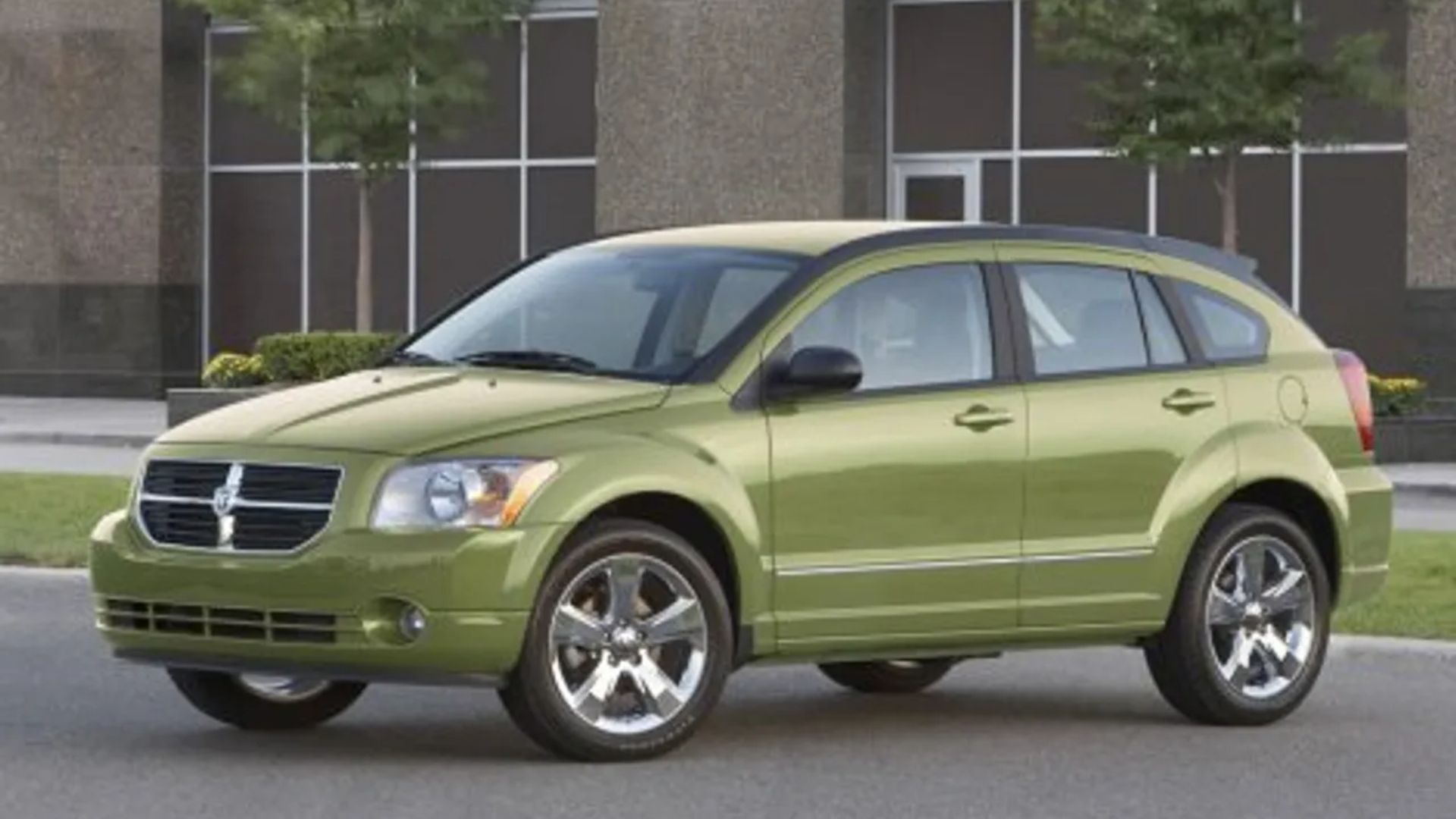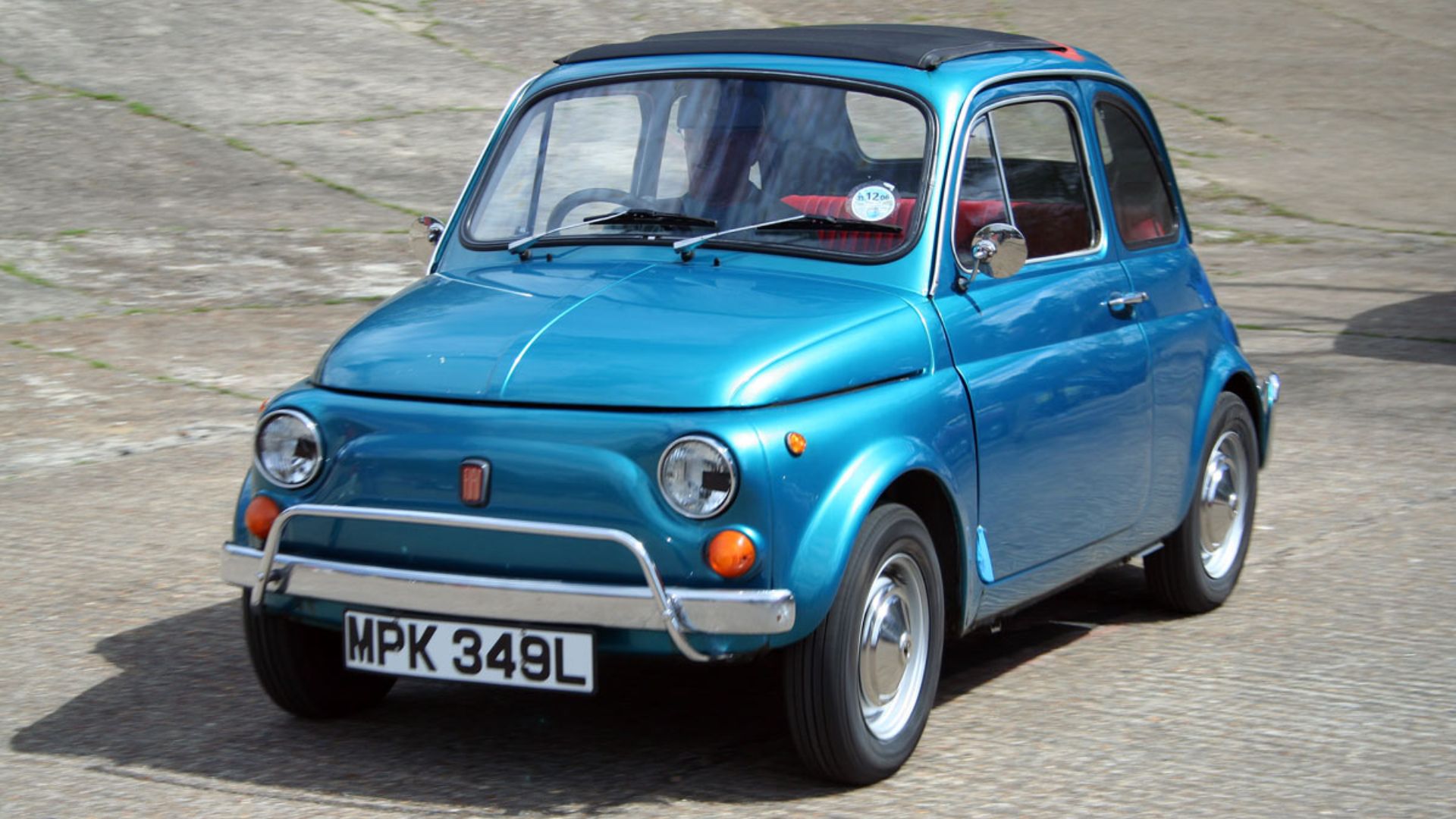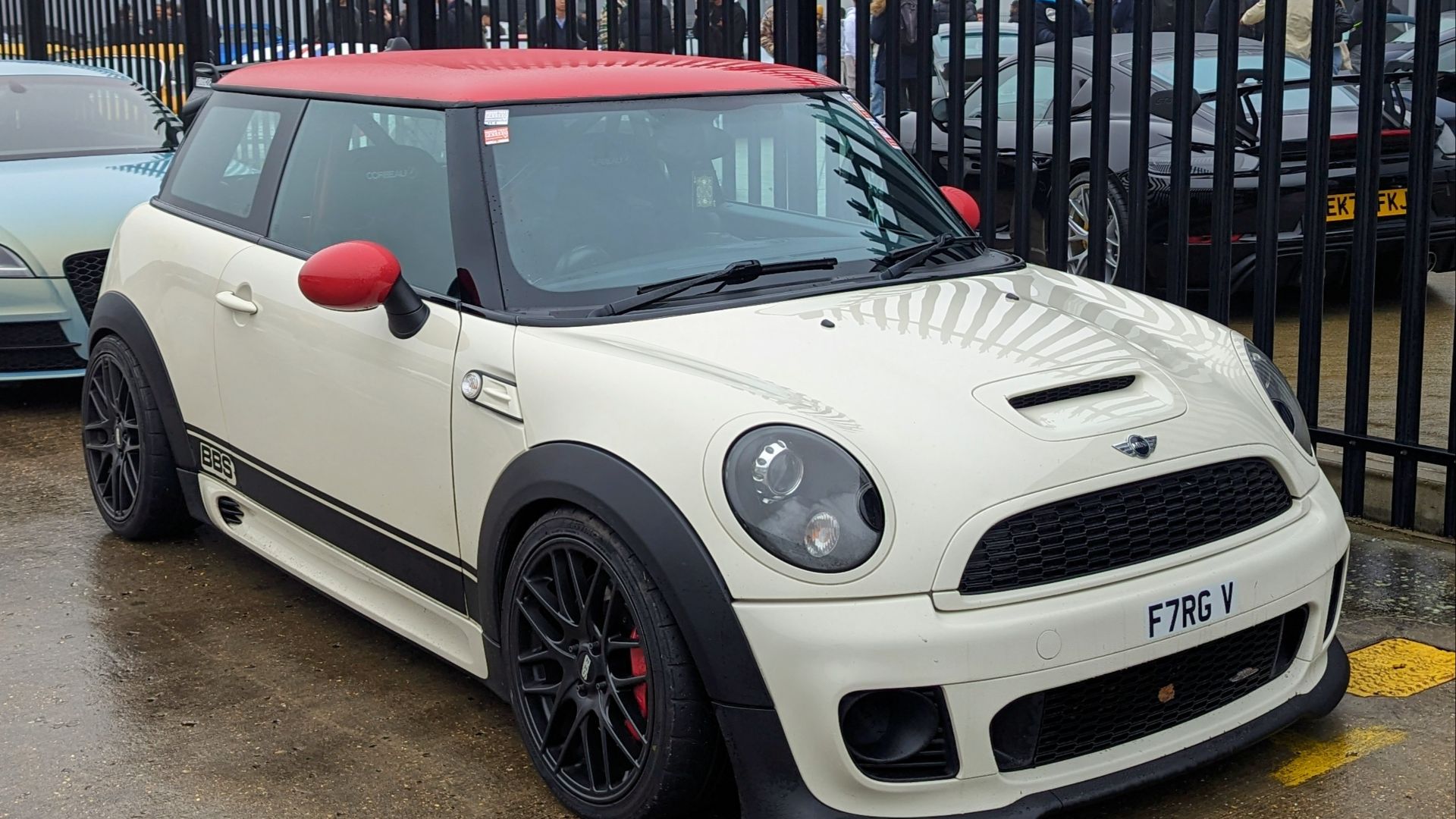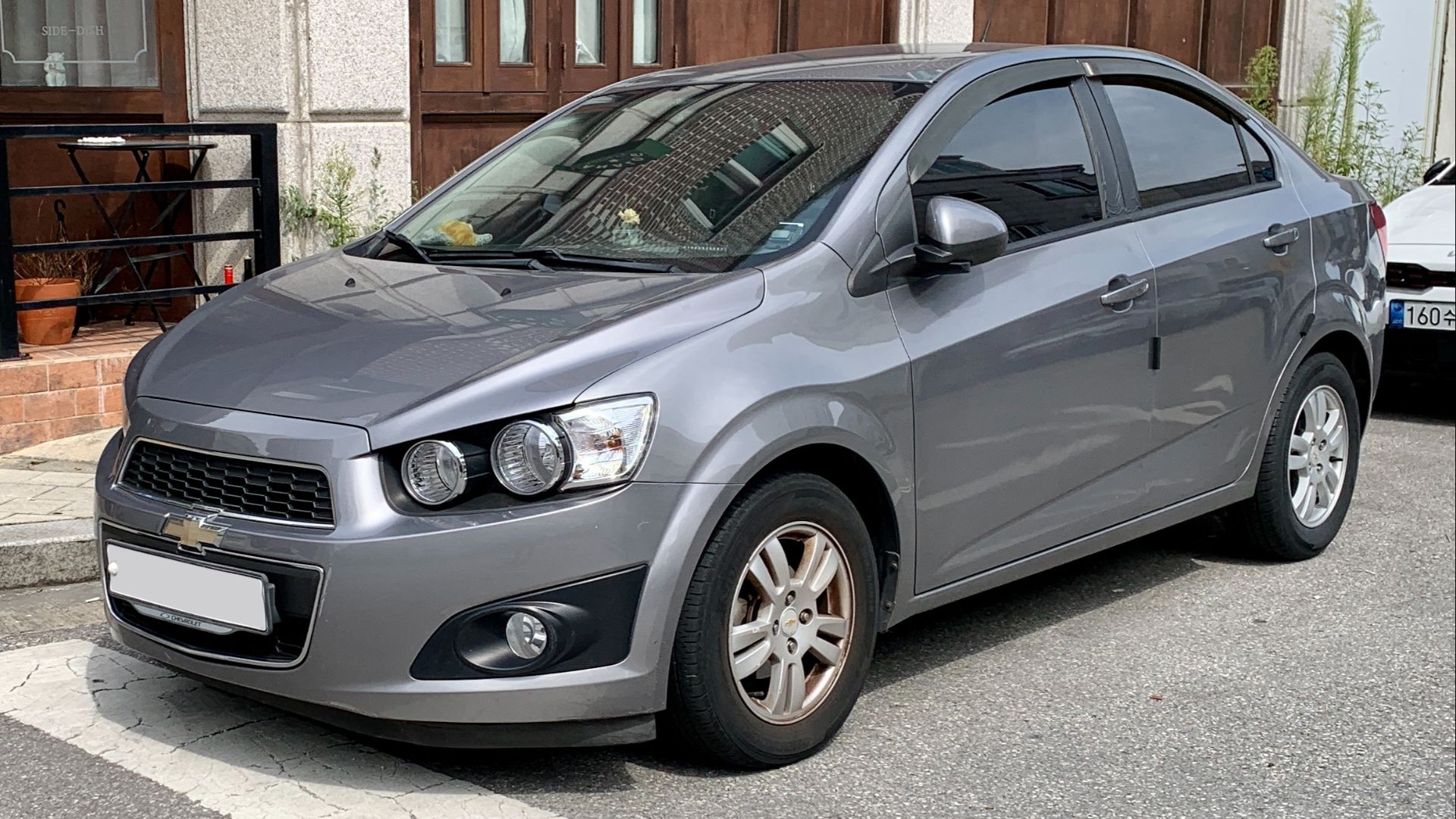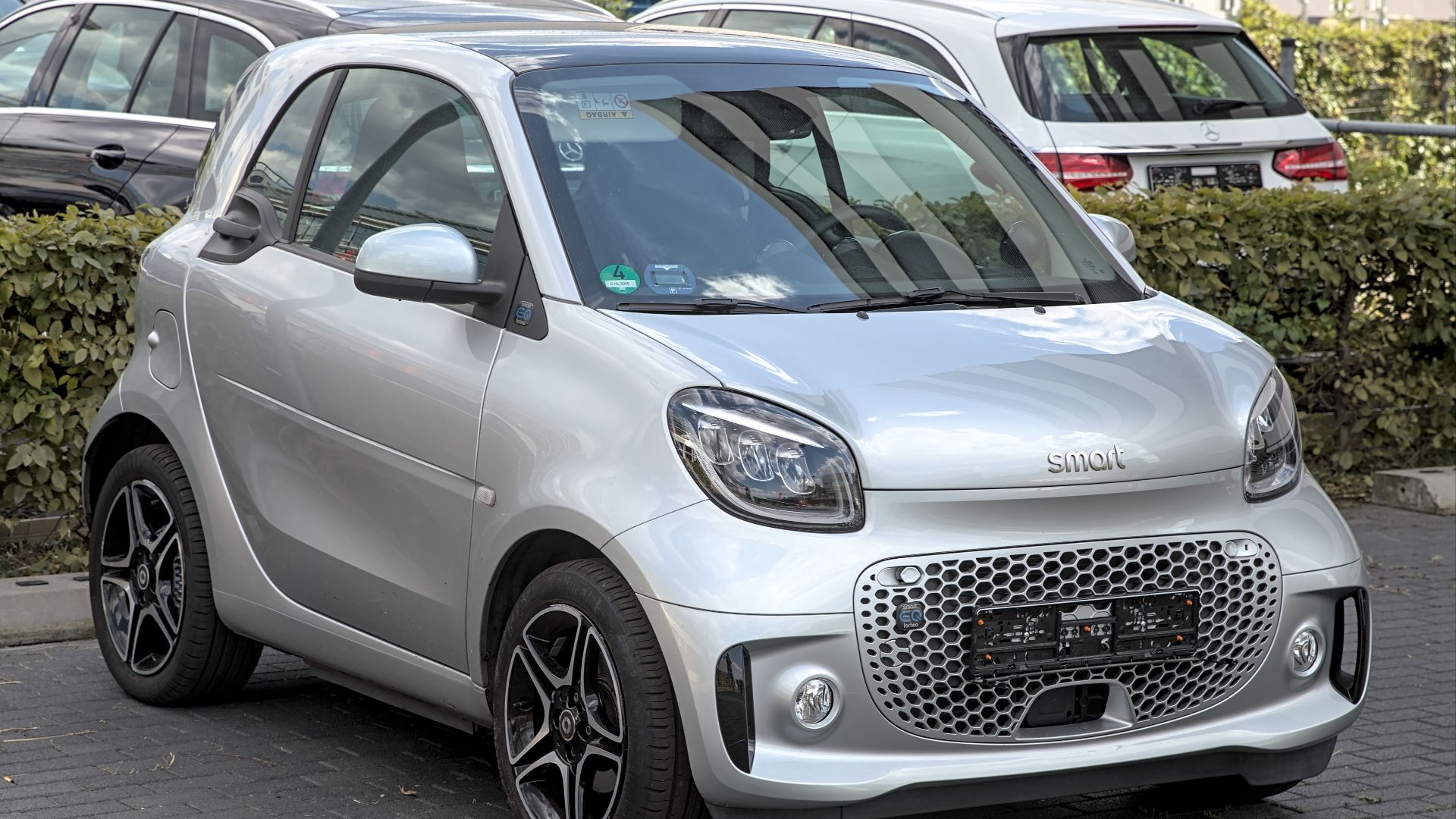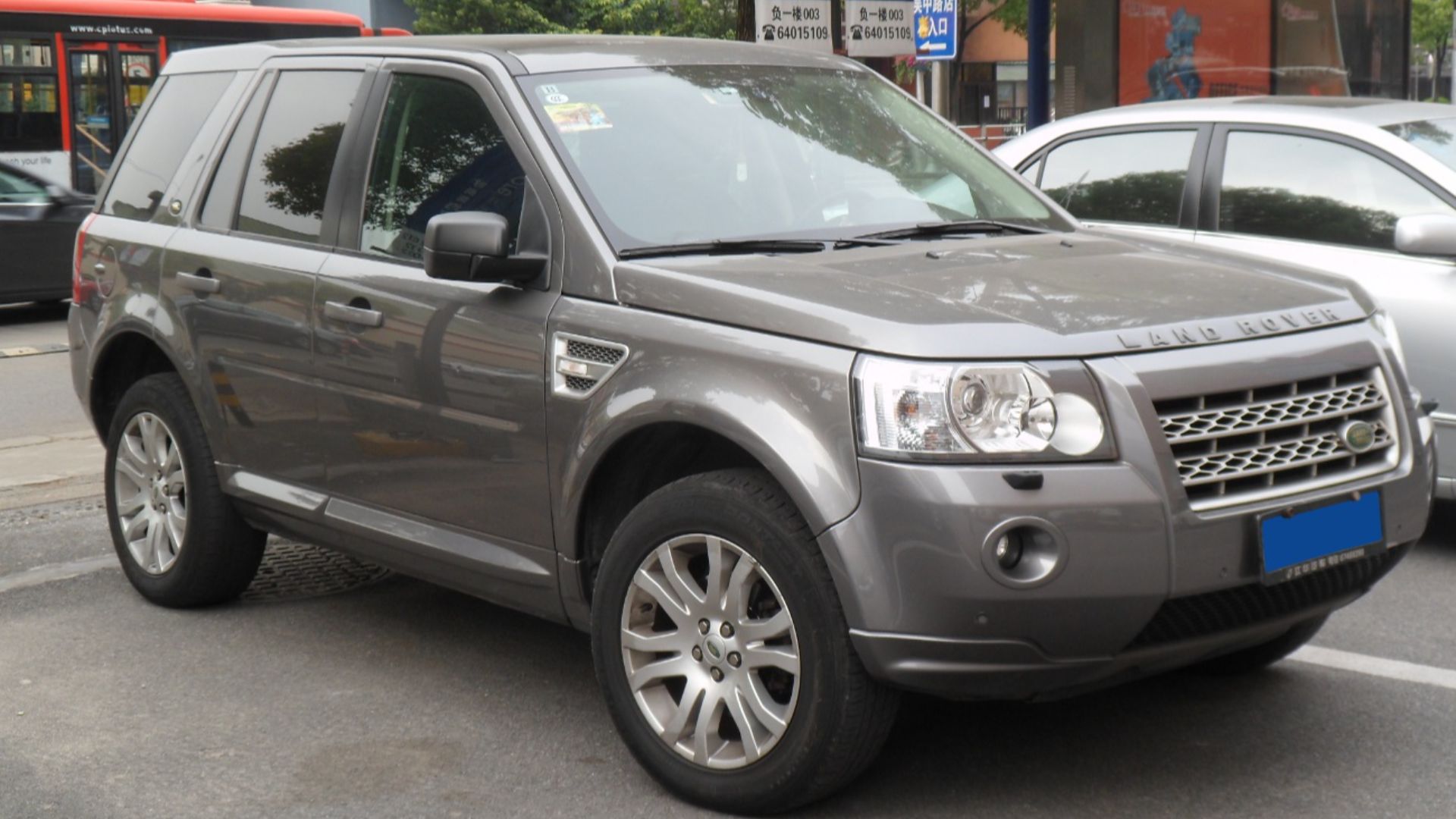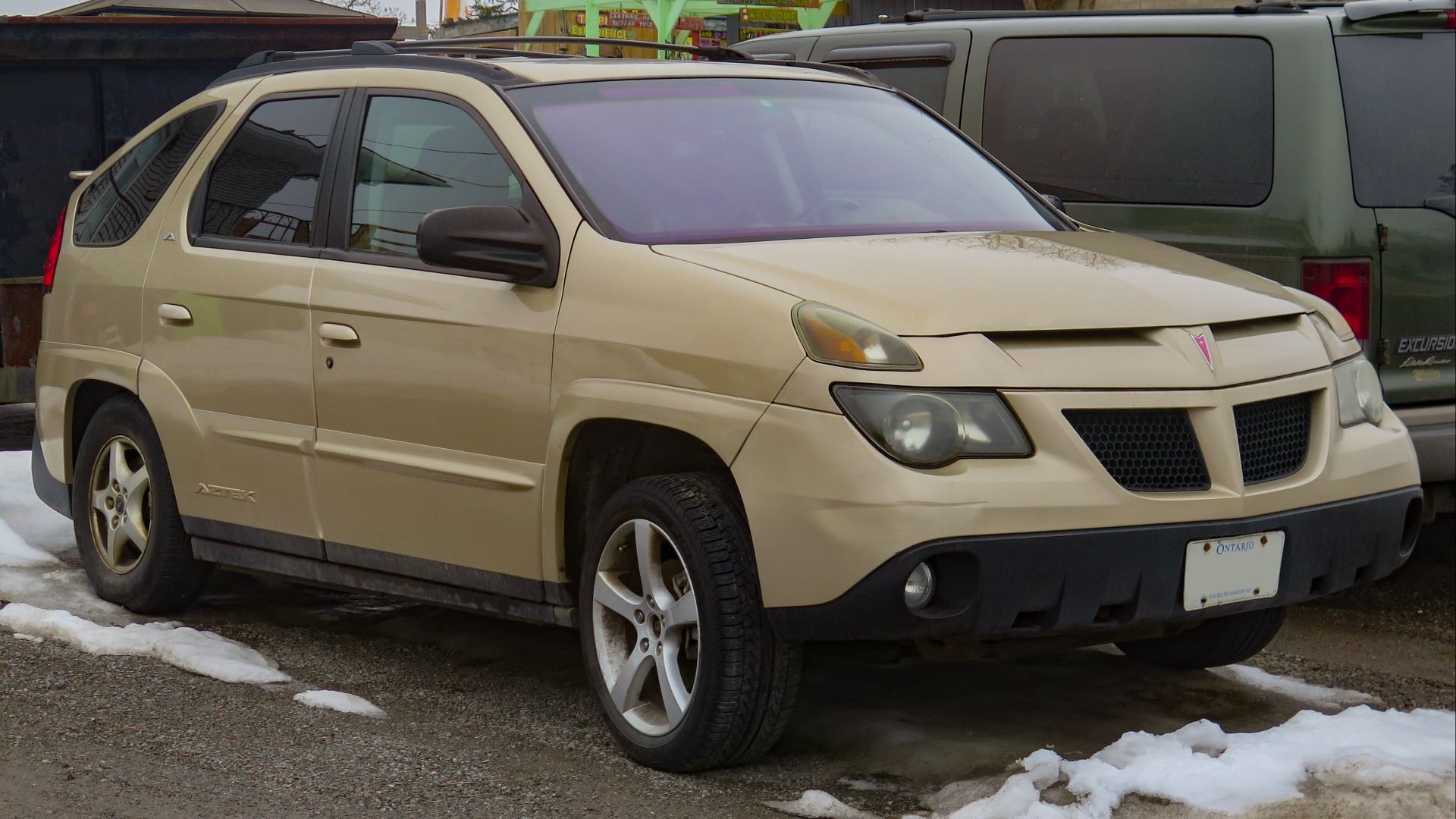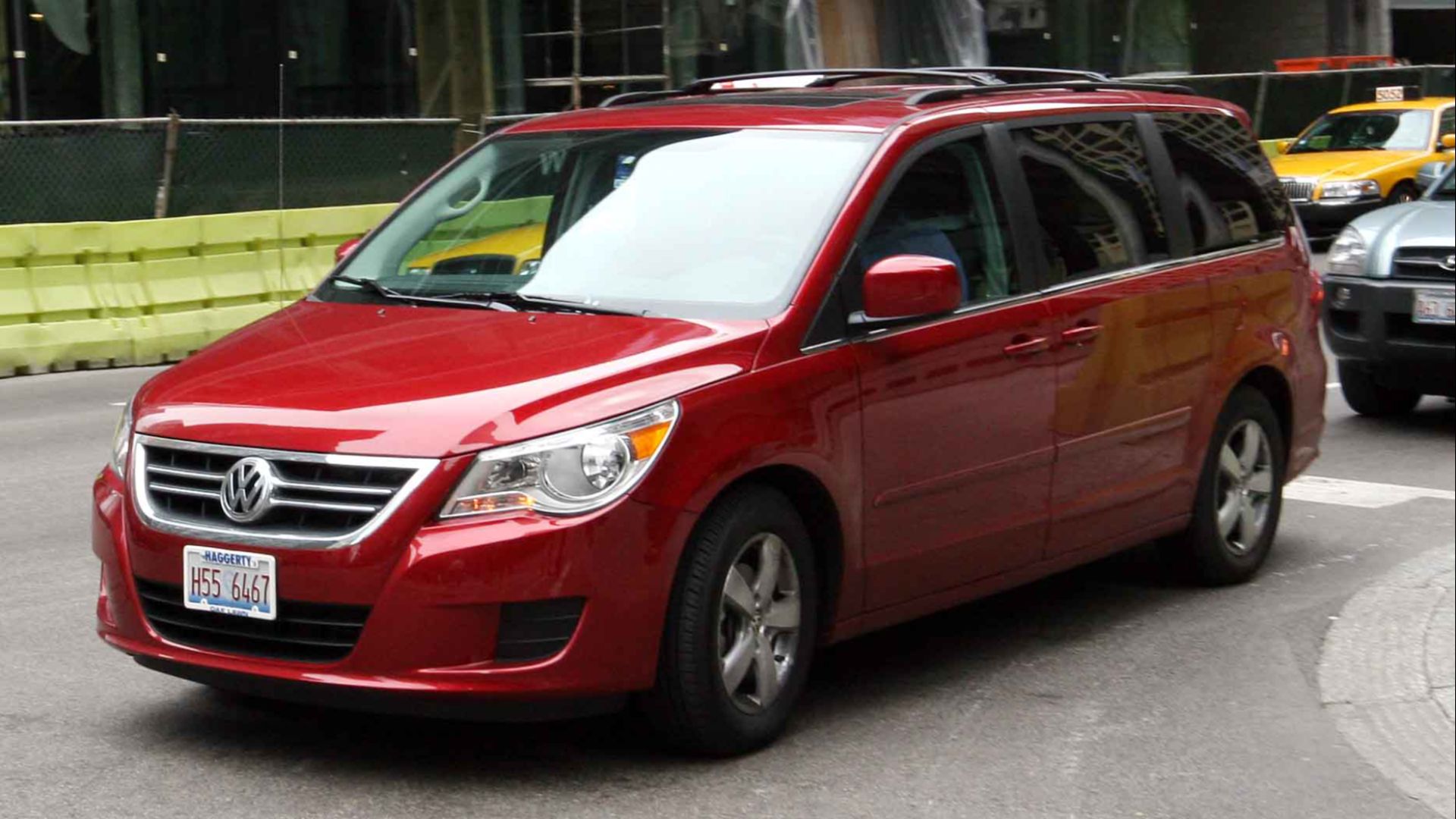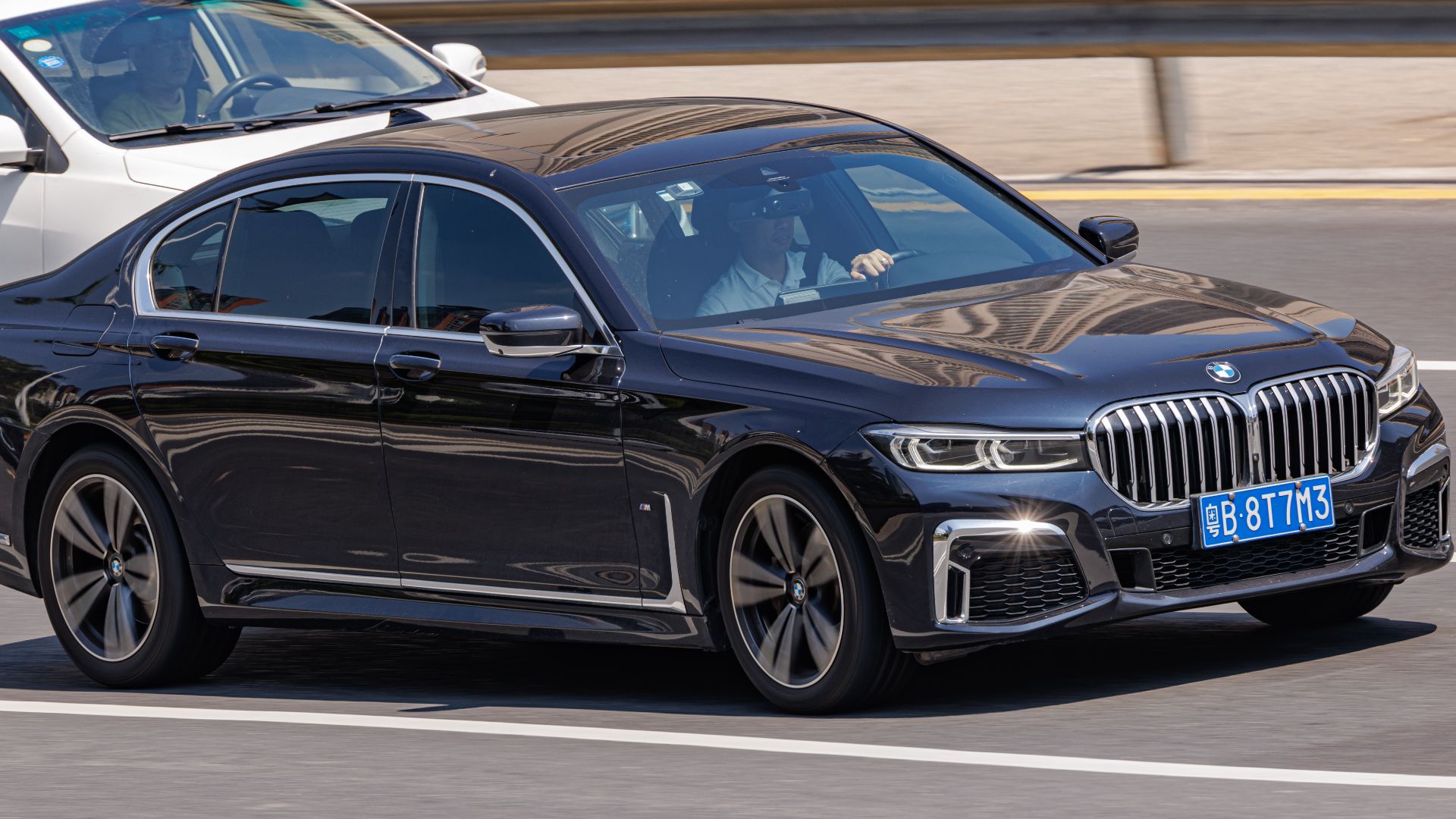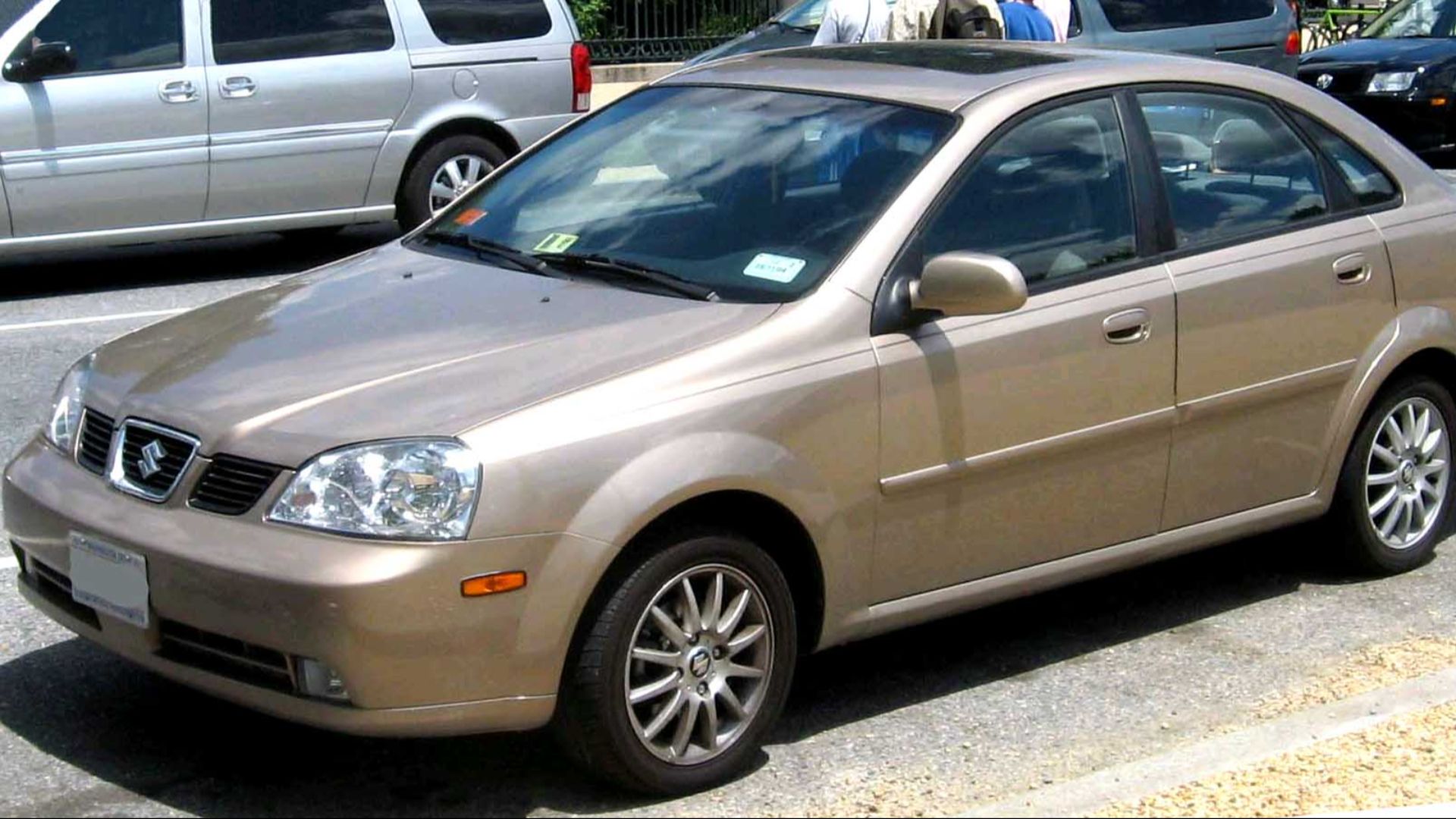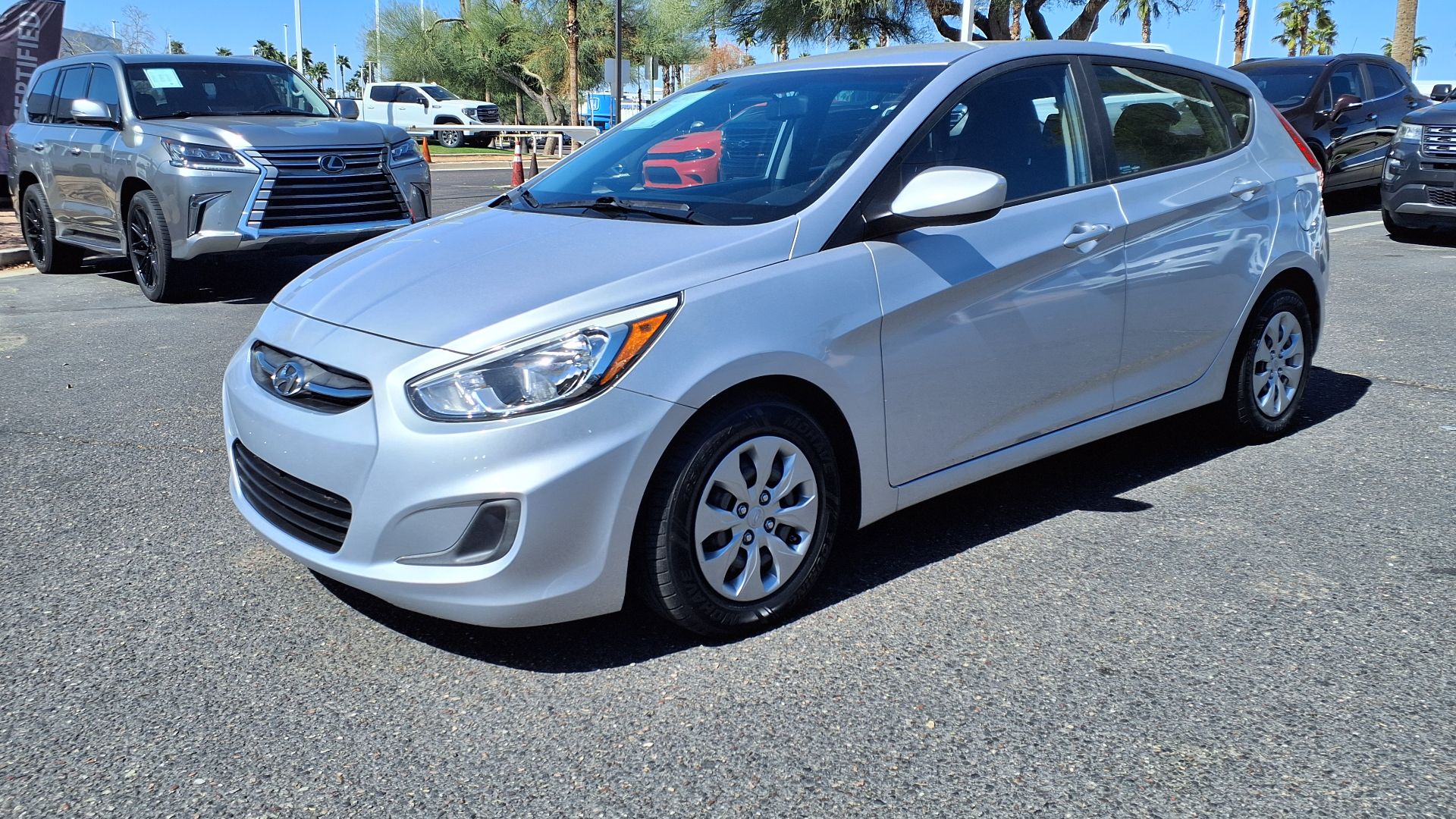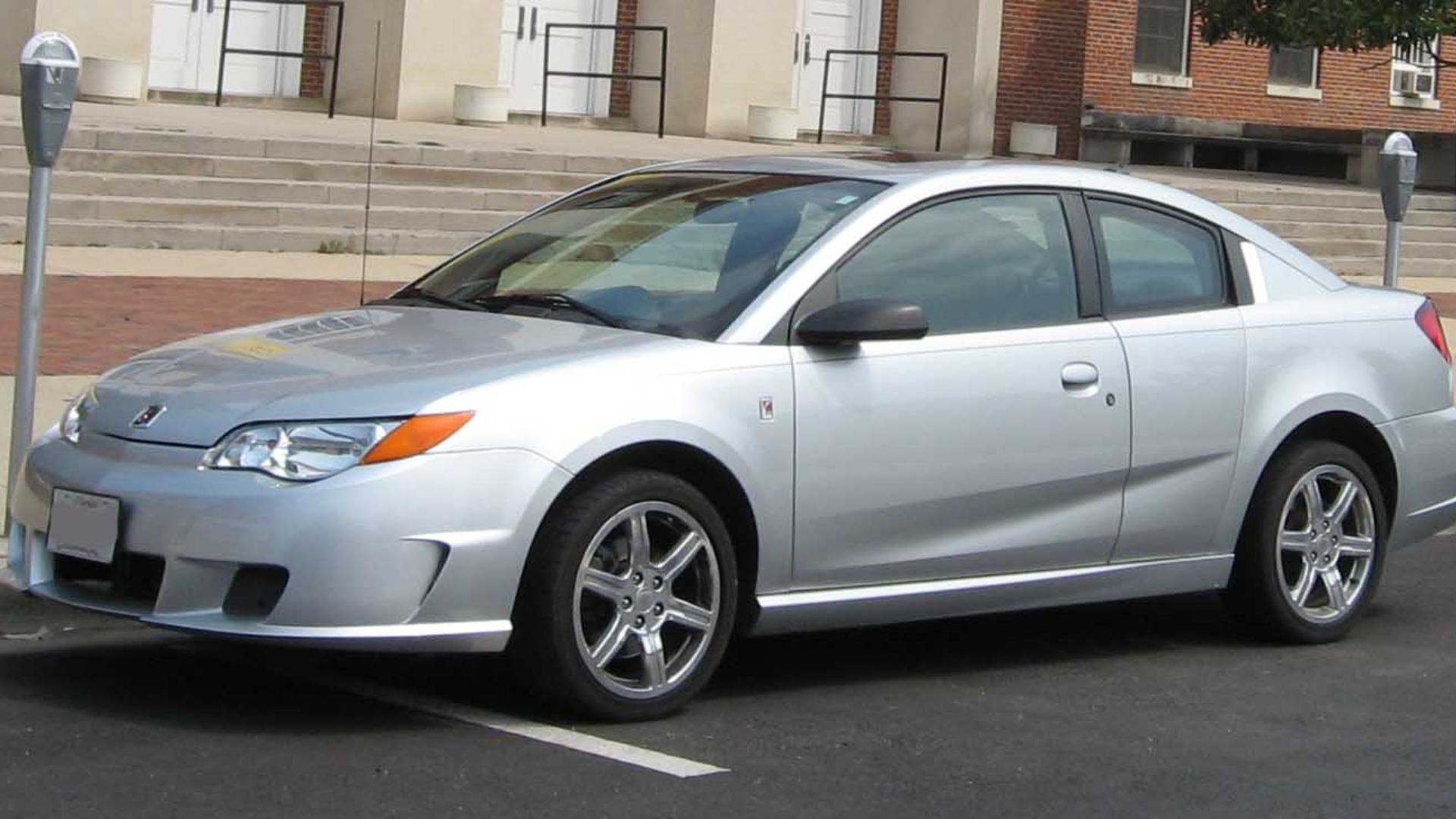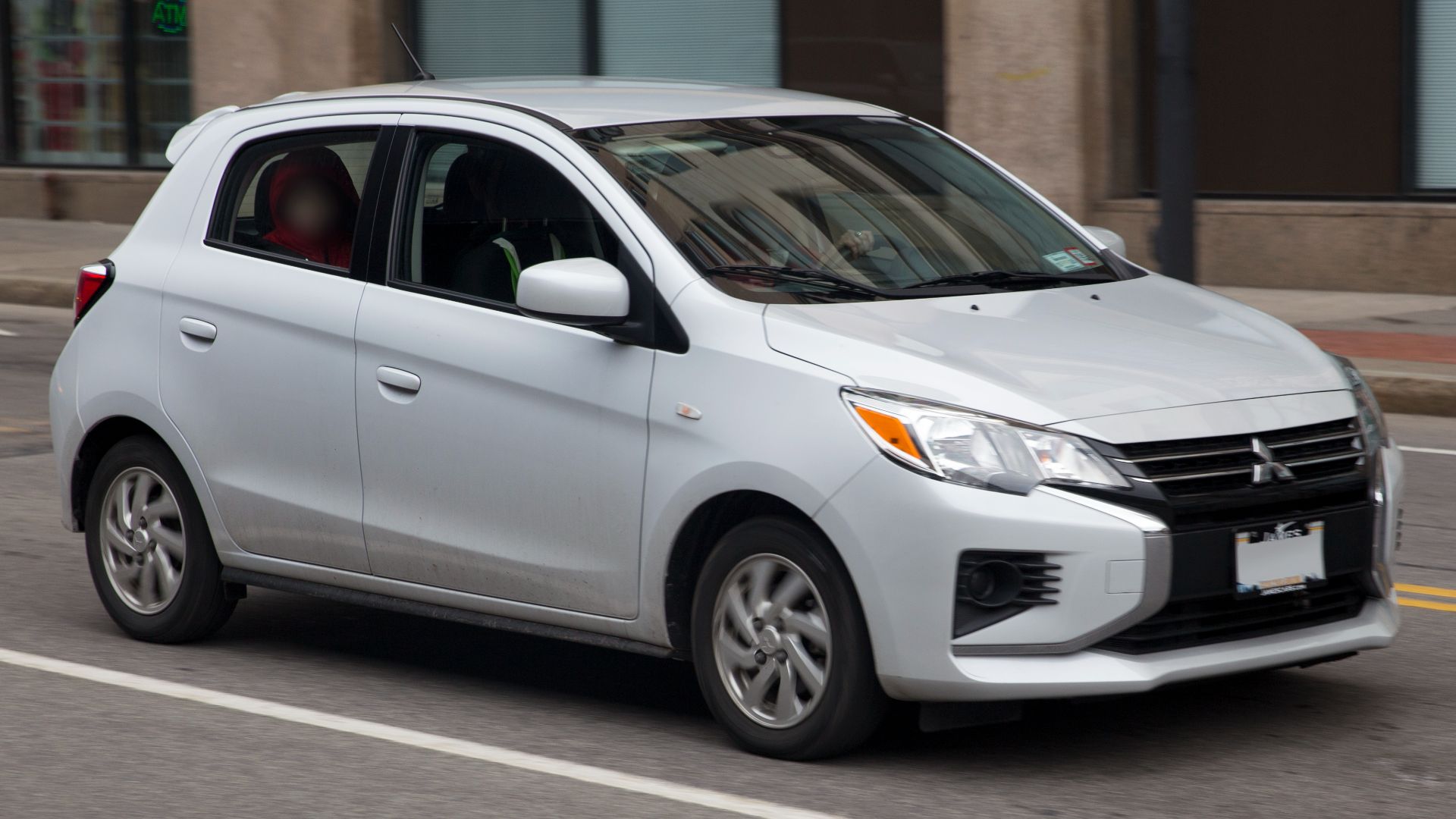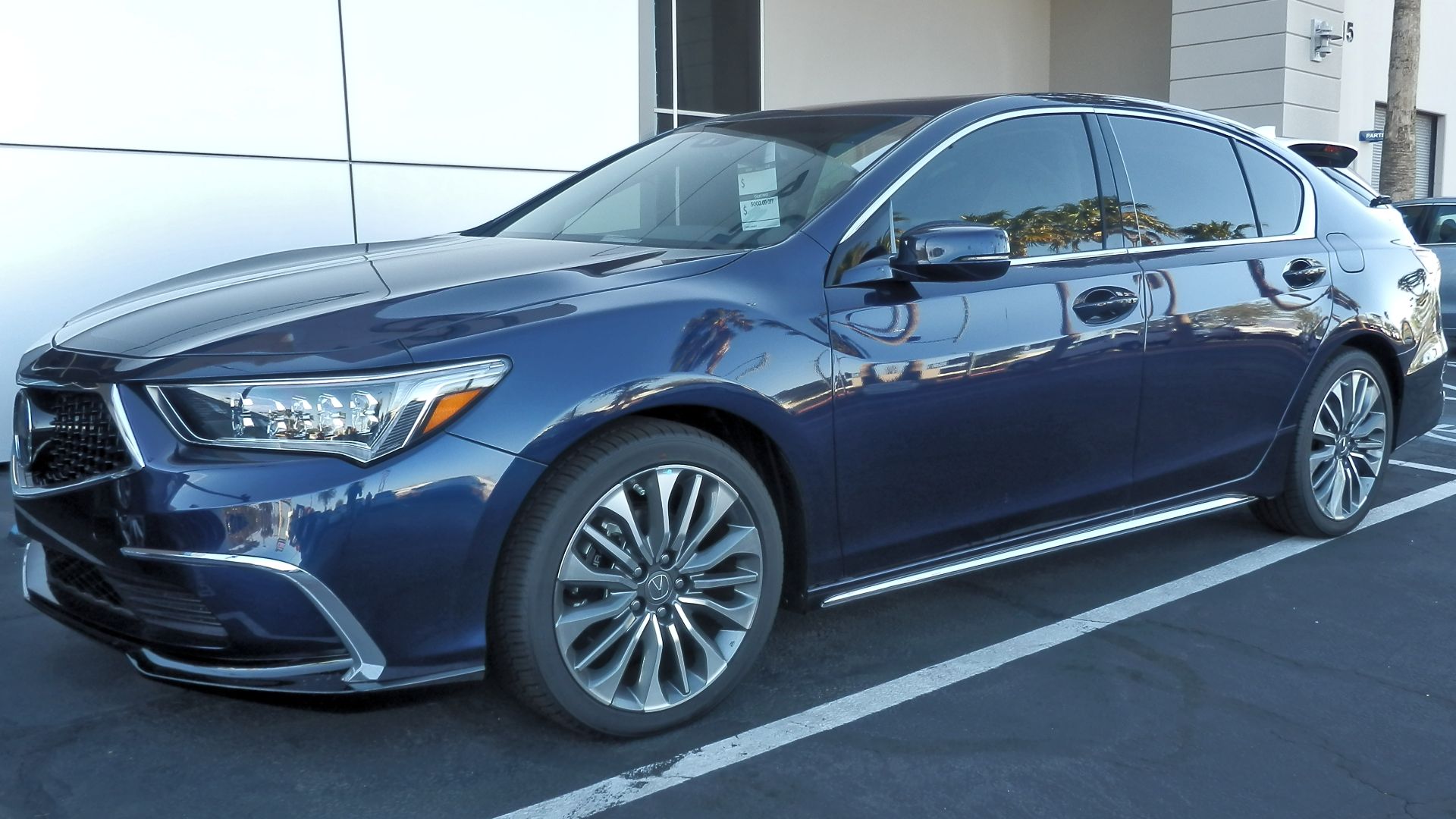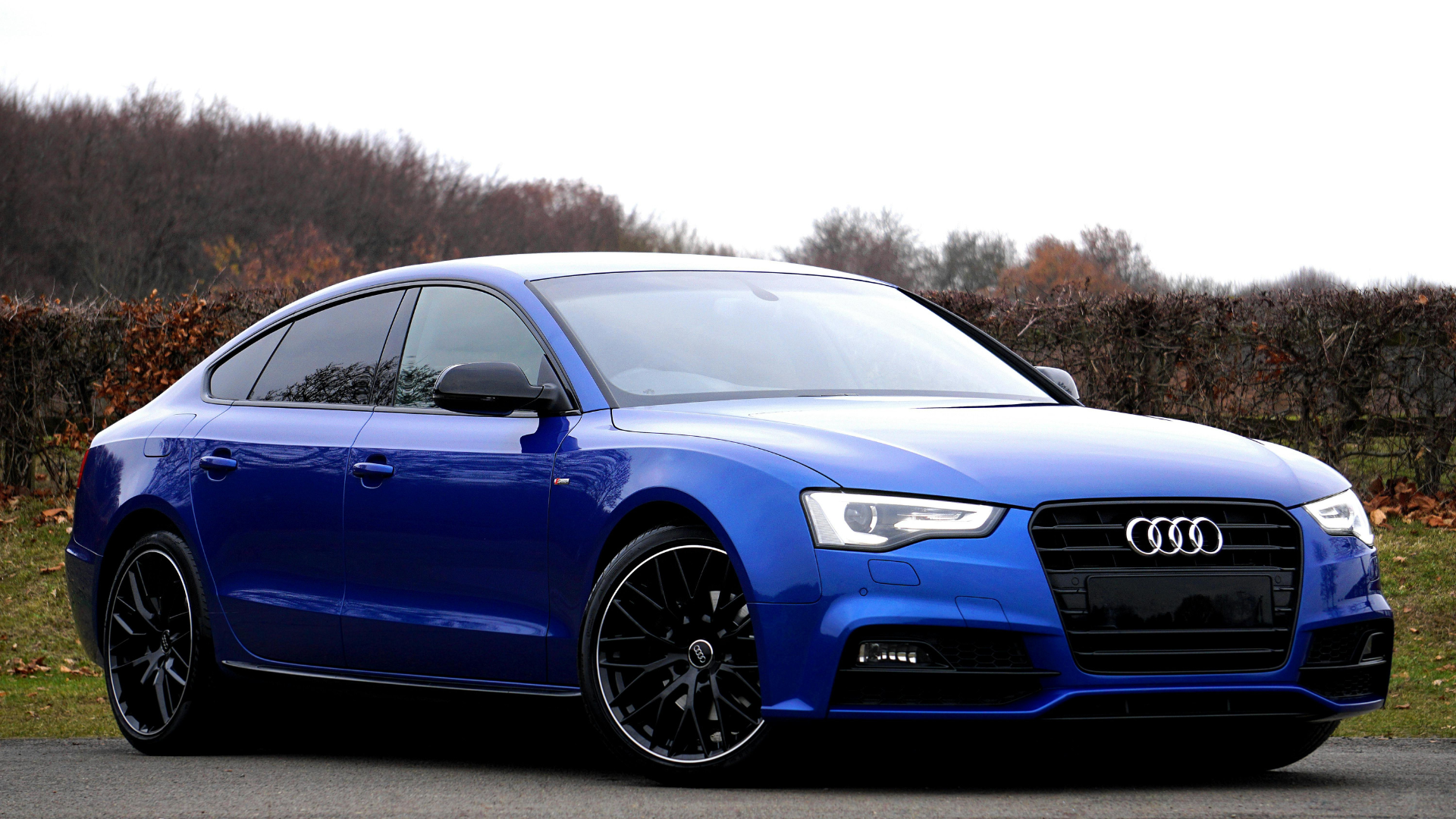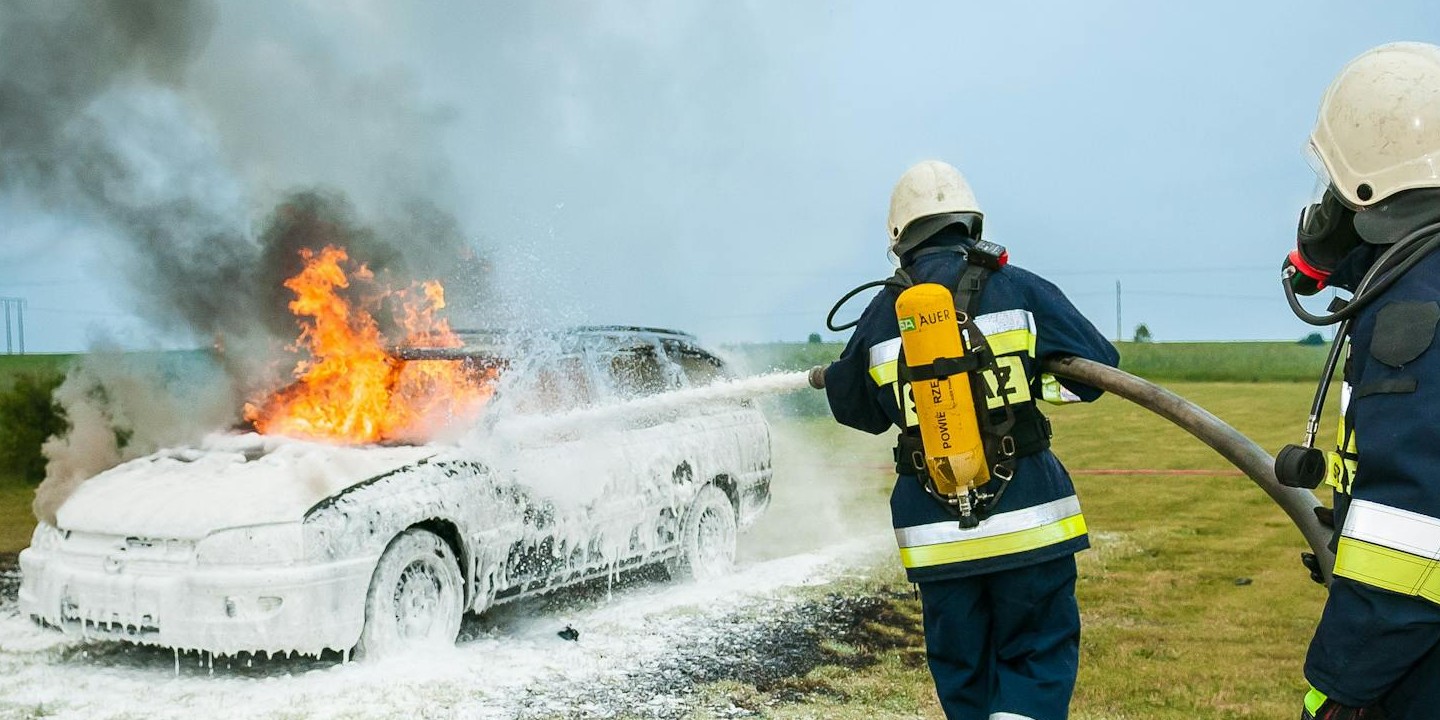Cars That Missed Quality
Shiny new models aren’t always good news. Behind the buzz and early hype, some cars carried flaws that caused long-term headaches. Transmission issues and cheap builds kept mechanics busy and drivers frustrated. This roundup pulls back the curtain on 20 unreliable vehicles that somehow still made it to market.
1. Chrysler Sebring
Owners often recall the Sebring less for its comfort and more for its frequent electrical issues and poorly designed interiors. Especially in the early 2000s, models suffered from engine sludge buildup. Despite Chrysler’s nameplate, the build quality simply couldn’t hold up under basic long-term use.
2. Jaguar X-Type
It wore a Jaguar badge but felt like a repurposed Ford Mondeo underneath. Developed to enter the compact executive car segment, the X-Type (2001–2009) was plagued by AWD malfunctions and expensive repairs that made luxury ownership a burden rather than a privilege.
3. Dodge Caliber
Fuel economy sounded like a great selling point in 2007, but drivers quickly learned about Caliber’s chronic CVT transmission problems. Jerky acceleration and stalling became common. By the time Dodge pulled the plug in 2012, the Caliber’s reputation had already stalled out.
4. Fiat 500
Initial excitement around Fiat’s U.S. return in 2011 quickly deflated. The 500 had persistent steering column failures and premature clutch wear, especially in manual trims. Though it looked stylish and compact, its long-term durability couldn’t compete with Japanese rivals in the same category.
5. Mini Cooper
There’s no denying the charm of a Mini, but charm doesn’t cover repair bills. Models between 2006 and 2012 suffered from timing chain tensioner failures and turbocharger oil feed problems. BMW’s engineering missteps with the Prince engine left a trail of broken Minis behind.
6. Chevrolet Aveo
Often sold as an affordable option, the Aveo cut corners that ultimately cost drivers more. Timing belt failures could result in total engine destruction. Made in Korea under GM Daewoo, the Aveo never matched GM’s domestic durability standards or refinement.
7. Smart Fortwo
Designed for urban mobility, the Fortwo struggled with reliability. Owners frequently reported persistent gearbox issues and trouble finding replacement parts. The transmission in early models was clunky and unpredictable—many people said it felt like being stuck behind the wheel as a learner driver in a jerky manual car.
8. Land Rover Freelander
As Land Rover’s first unibody SUV, the Freelander had ambition, but it lacked engineering polish. K-Series engines were notorious for head gasket failures. Combine that with faulty sunroof motors and inaccurate fuel gauges, and the Freelander became more familiar with garages than gravel trails.
9. Pontiac Aztek
The design may have sparked debate, but reliability left no argument. Built on the GM minivan platform, the Aztek suffered from weak wheel bearings and transmission faults. Its structural rigidity was also questionable, with early crash tests showing troubling performance for an SUV.
10. Volkswagen Routan
Though badged as a VW, the Routan was mostly a rebadged Chrysler minivan, and it inherited the same faults. Major recalls included ignition switches that could shut the engine off mid-drive. Many drivers also experienced failing TIPM (Totally Integrated Power Module) units, which controlled everything from lights to ignition.
11. BMW 7 Series
Luxury didn’t equal reliability in the early 2000s 7 Series. Electronic glitches in the iDrive system and complex cooling systems made ownership frustrating and costly. Especially in the E65/E66 generation, repairs demanded specialized tools and deep pockets. It’s far from user-friendly for even seasoned BMW drivers.
12. Nissan Pathfinder
The 2013–2016 Pathfinders were haunted by their continuously variable transmissions (CVTs). Sudden jerks and slipping were frequent. Nissan eventually settled lawsuits and extended warranties, but by then, the trust had eroded. The drivetrain couldn’t handle the vehicle’s weight or power demands.
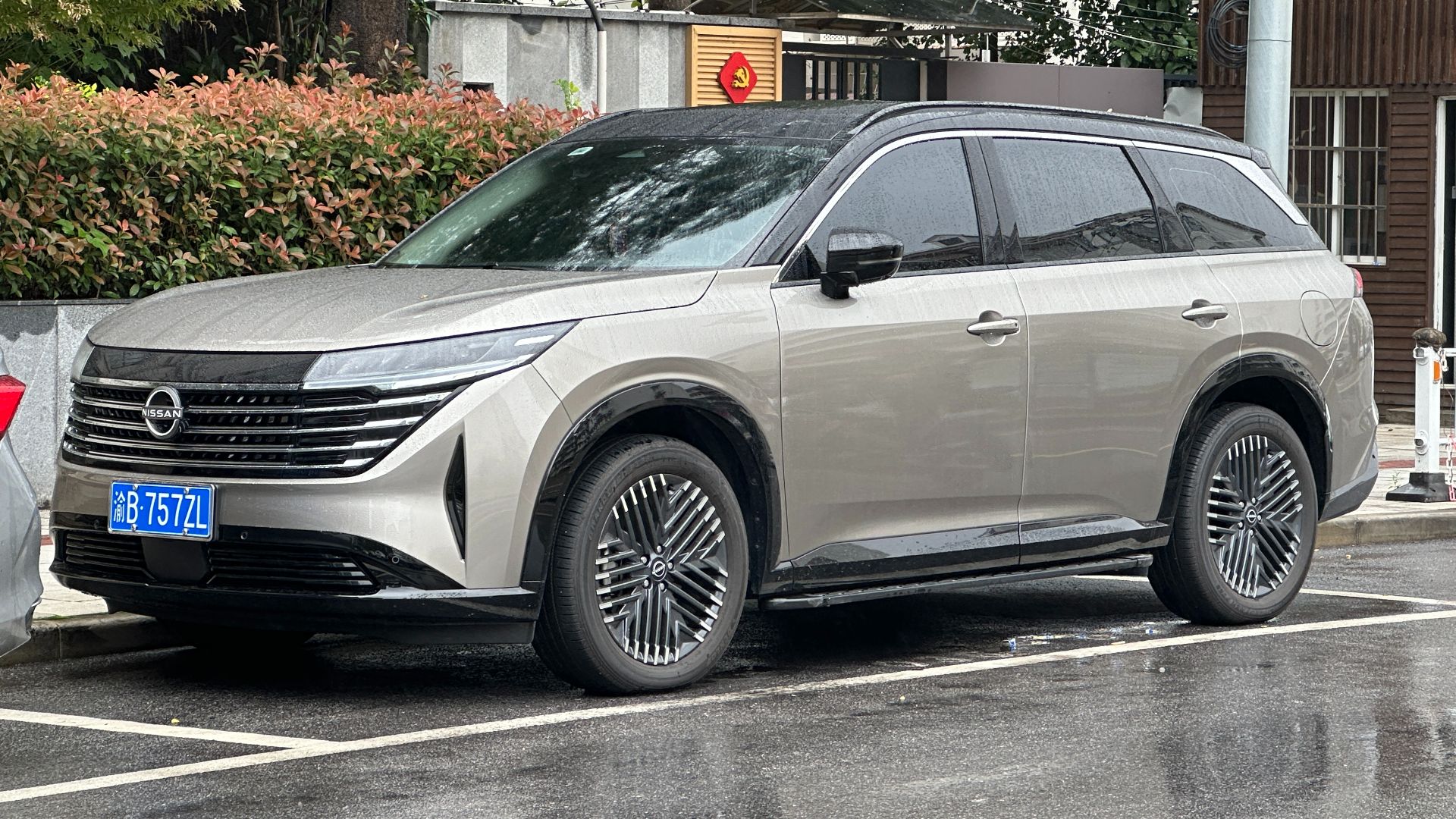 JustAnotherCarDesigner on Wikimedia
JustAnotherCarDesigner on Wikimedia
13. Ford Focus
People expected reliability from Ford’s best-selling compact, but the 2012–2016 Focus disappointed. The PowerShift dual-clutch transmission created rough shifting and stalling, sometimes within months of purchase. Ford faced class-action lawsuits and issued technical service bulletins, but fixes often fell short of solving the root problems.
14. Jeep Liberty
Designed to blend utility with off-road flair, the Liberty quickly gained a reputation for engine issues and cheap interior components. The 3.7L V6 was prone to valve seat failures and oil leaks. Add in common window regulator malfunctions, and ownership became more frustrating than freeing.
15. Cadillac Catera
Dubbed “the Caddy that zigs,” the Catera came with high hopes in the late ‘90s, but it couldn’t keep up. Derived from the Opel Omega, it struggled with oil leaks and coolant system failures. Reliability was poor enough to tarnish Cadillac’s already shaky reputation for younger buyers.
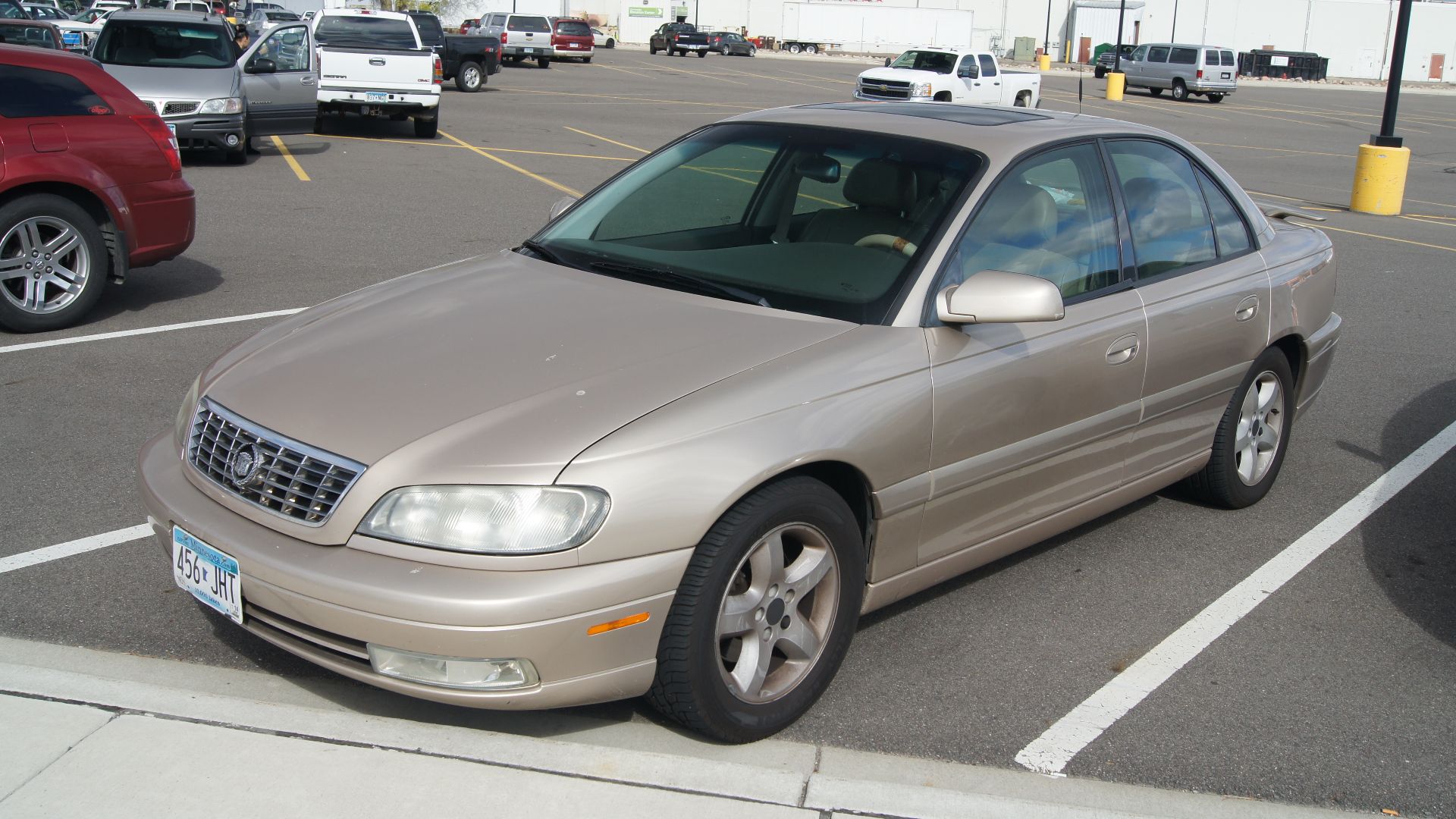 Greg Gjerdingen from Willmar, USA on Wikimedia
Greg Gjerdingen from Willmar, USA on Wikimedia
16. Suzuki Forenza
Under GM’s partnership with Daewoo, the Forenza entered the U.S. as an affordable sedan. Unfortunately, it delivered poor reliability in return. Failing transmission range sensors led to dangerous shifting behavior. The suspension system aged poorly, and owners often complained of persistent engine light triggers without clear resolutions.
17. Hyundai Accent
Early 2000s models helped define Hyundai’s growing pains. Premature rust in structural areas and brake switch recalls gave buyers a bumpy ride. While the brand eventually turned its image around, Accent’s earlier years remain a reminder of Hyundai’s struggle for quality consistency in the global market.
18. Saturn Ion
The Ion’s biggest flaw was its steering. The electric power steering system often failed without warning. Models between 2004 and 2007 were frequently recalled, and ignition switch defects only added to its problems. These issues, combined with Saturn’s eventual closure, left owners with little support or value.
19. Mitsubishi Mirage
Despite good fuel economy, the Mirage frequently ranked among the worst-rated vehicles for reliability and safety. Cheap materials and early brake wear were widespread. Consumer Reports often flagged it as one of the lowest-scoring subcompacts, especially when compared to similarly priced and better-built competitors.
20. Acura RLX
As Acura’s flagship sedan, the RLX aimed high but stumbled with execution. Owners reported jerky transmissions and infotainment glitches in early model years. In spite of advanced features and a quiet ride, it couldn’t match competitors in refinement or dependability.


